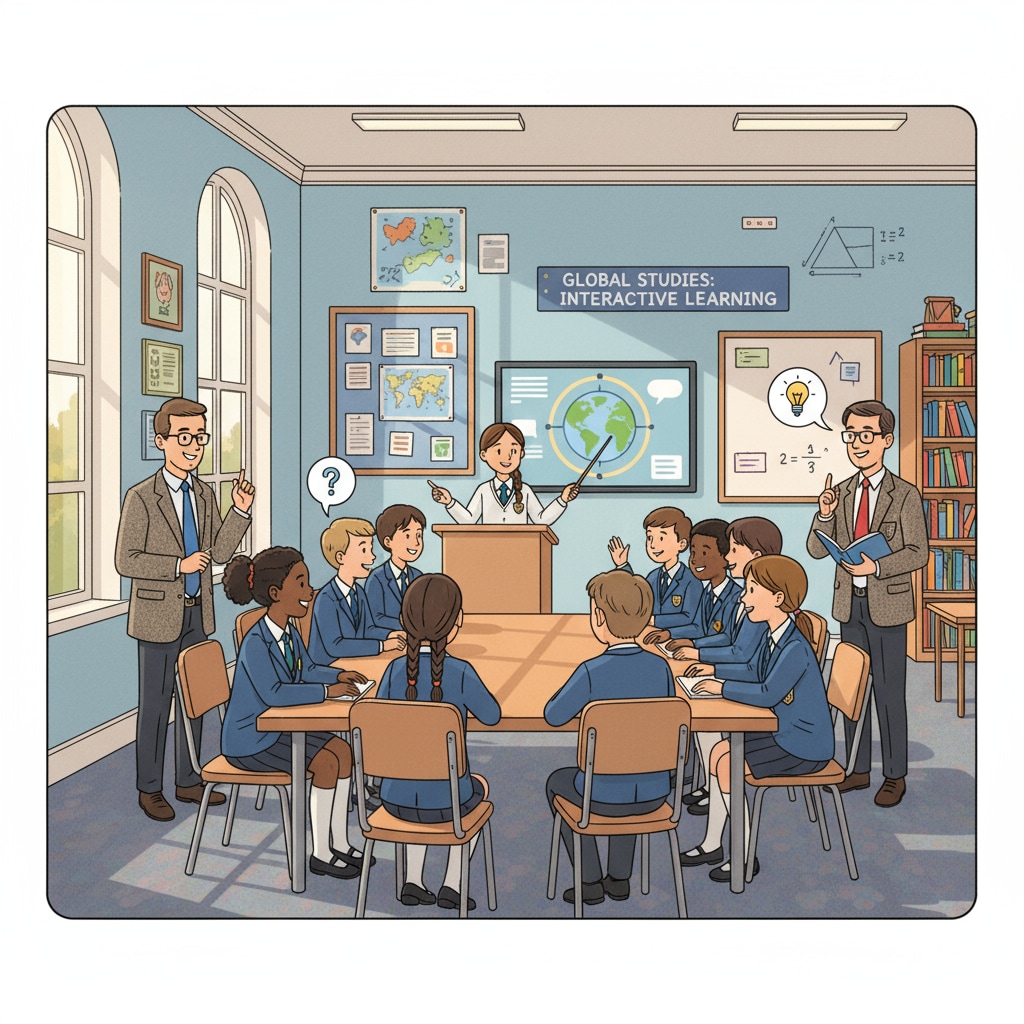When it comes to the educational journey of children, the choice between private and public schools is a crucial one, especially when dealing with siblings who have different traits. Private schools, public primary schools, educational choices, and siblings are all interconnected elements in this complex decision-making process. Every child is unique, and their individual personalities, learning styles, and needs can greatly influence the type of educational environment that suits them best.

Understanding the Traits of Siblings
Siblings often have distinct personalities and learning preferences. For example, one sibling might be an introvert who thrives in a quiet and focused environment, while the other could be an extrovert who enjoys a more dynamic and social learning setting. Understanding these differences is the first step in making an appropriate educational choice. According to American Psychological Association’s research on child development, children’s personalities play a significant role in their educational experiences.
The Impact of Private Schools on Different Traits
Private schools typically offer smaller class sizes, which can be beneficial for children who need more individualized attention. For a shy or academically struggling sibling, this one-on-one interaction with teachers can enhance their learning experience. Additionally, private schools often have a more structured curriculum and extracurricular activities that can cater to specific interests. However, the tuition fees can be a significant factor. As stated on National Center for Education Statistics’ website, the cost of private education varies widely.

On the other hand, an outgoing sibling might find the competitive environment in some private schools stimulating. They can engage in various leadership opportunities and interact with like-minded peers. But for a laid-back or less competitive sibling, this high-pressure environment could potentially lead to stress and decreased motivation.
The Role of Public Primary Schools
Public primary schools offer a more diverse and inclusive environment. They are funded by the government, making them more accessible in terms of cost. For siblings from all economic backgrounds, this provides an equal opportunity to receive a quality education. A public school’s curriculum is often more standardized, which can be reassuring for parents who want a broad-based education for their children. Moreover, the larger student body in public schools can expose children to a wide range of social experiences.
For an extroverted sibling, the bustling atmosphere of a public school can be a great place to make friends and develop social skills. Meanwhile, a more introverted sibling might also benefit from the variety of support services available in public schools, such as counseling and special education programs.
Balancing Family Resources and Educational Continuity
In addition to the children’s traits, family resources also play a vital role in the educational choice. If the family has limited financial means, sending all siblings to a private school might not be feasible. However, it’s important to ensure educational continuity for the siblings. For example, if one sibling is already thriving in a public school, it might be wise to consider enrolling the other in the same school system to maintain a sense of consistency.
Readability guidance: By breaking down the decision-making process into these aspects, parents can better understand the implications of choosing between private and public schools for their siblings. It’s a balance of considering the children’s unique traits, the nature of the educational institutions, and the family’s circumstances. Using short paragraphs and lists helps to summarize key points. For example, in each section, we have presented different factors in a clear and organized manner. Transition words like ‘however’, ‘for example’, and ‘additionally’ have been used to make the flow of the article more seamless.


